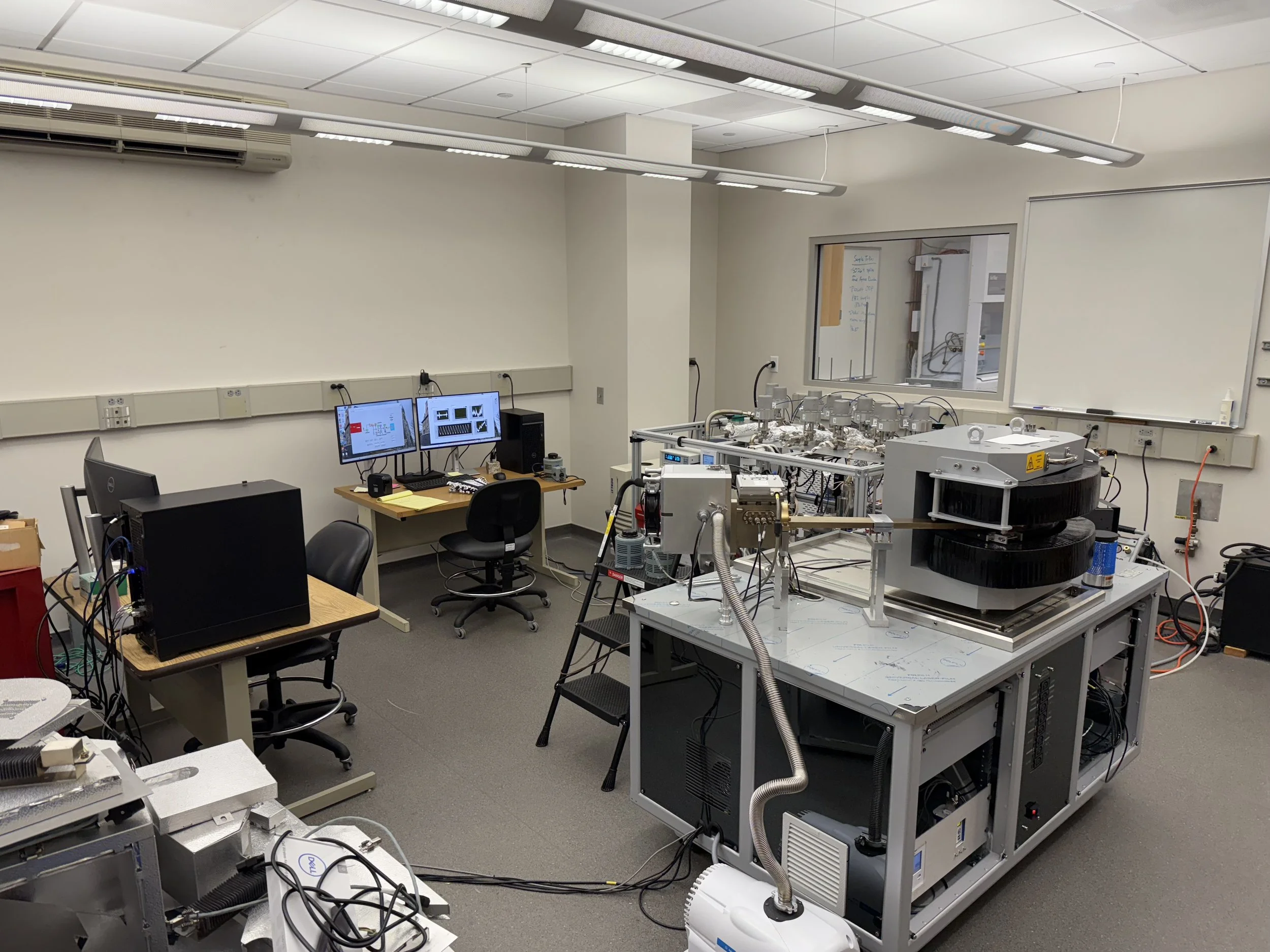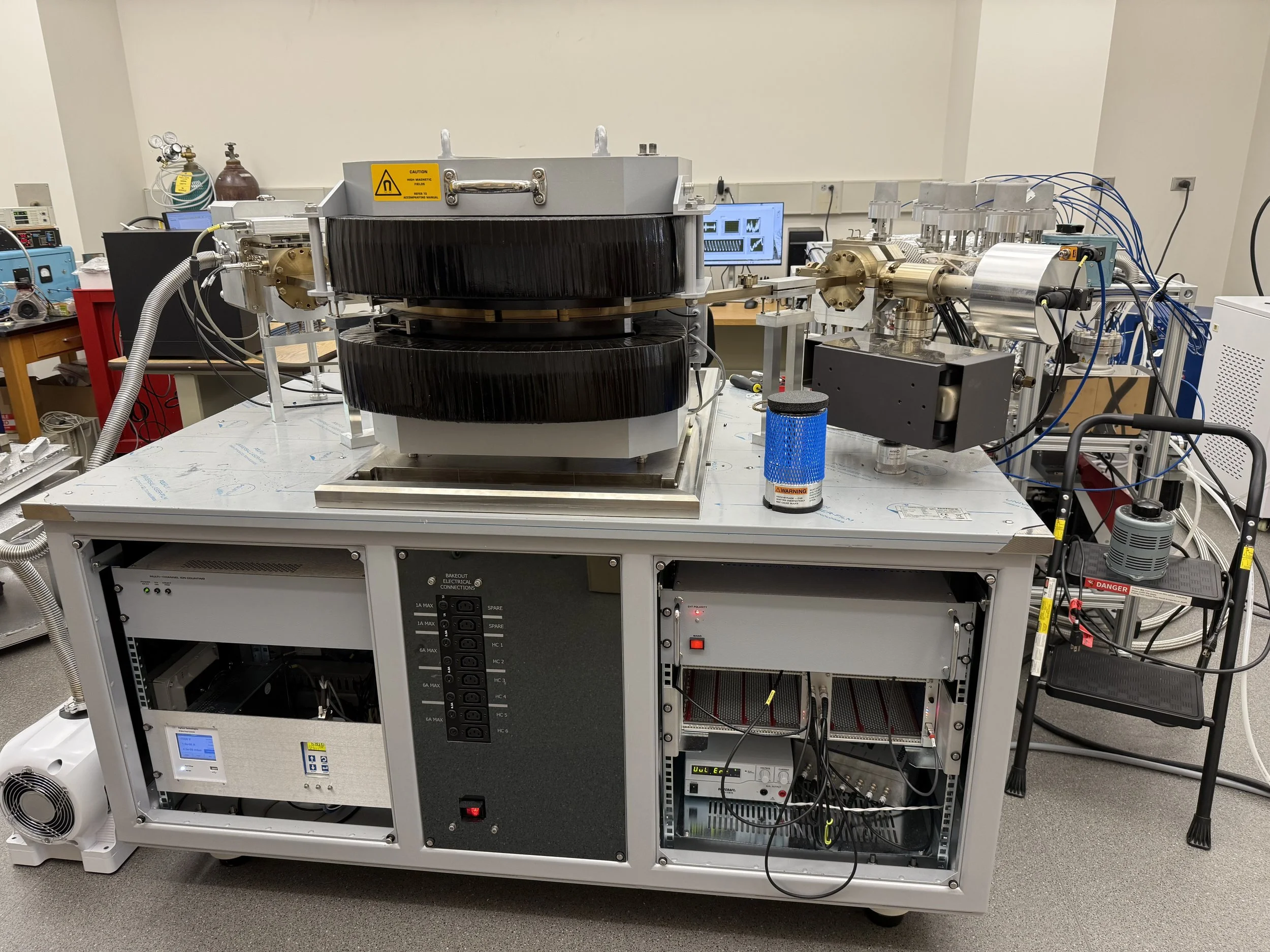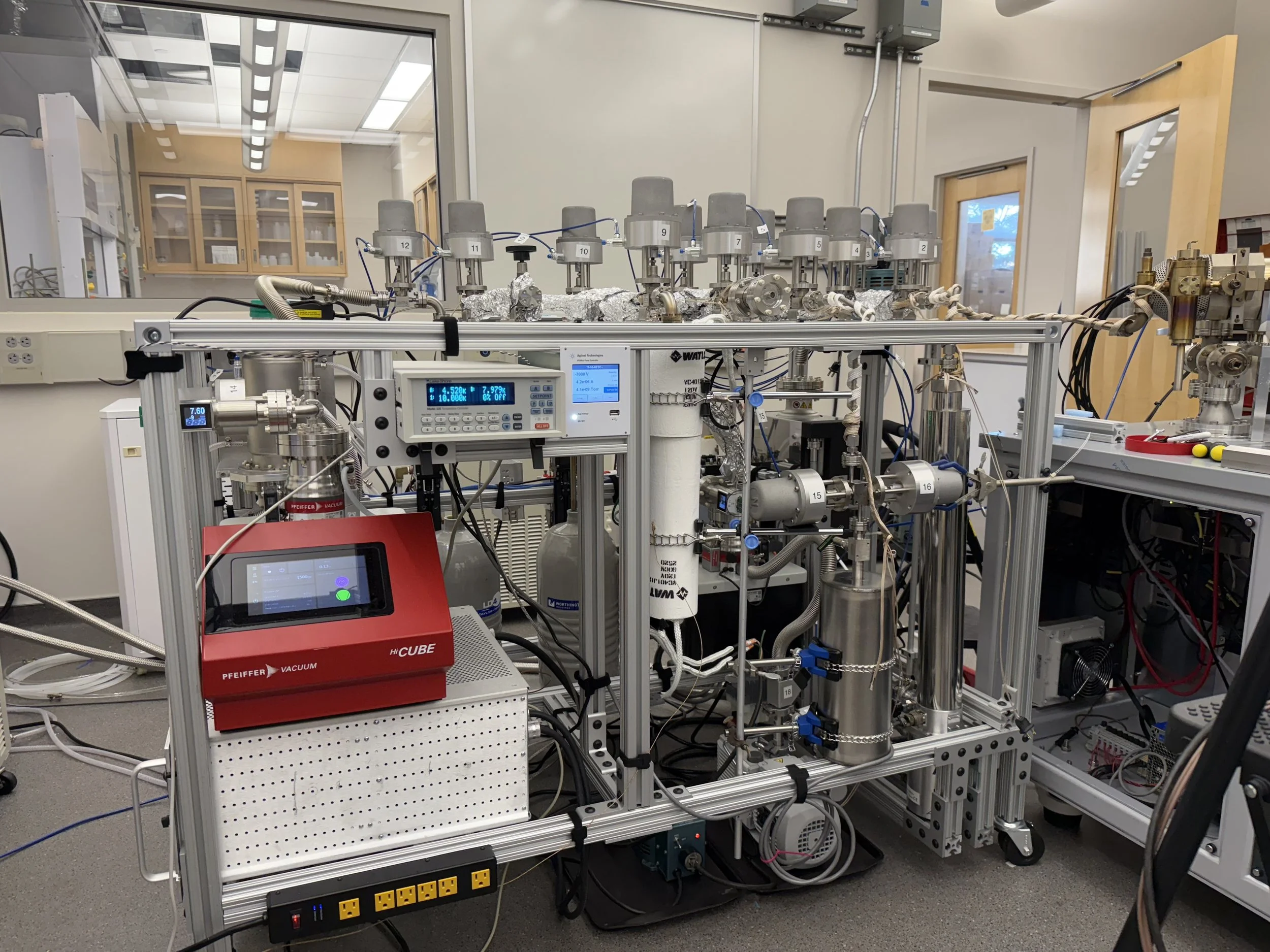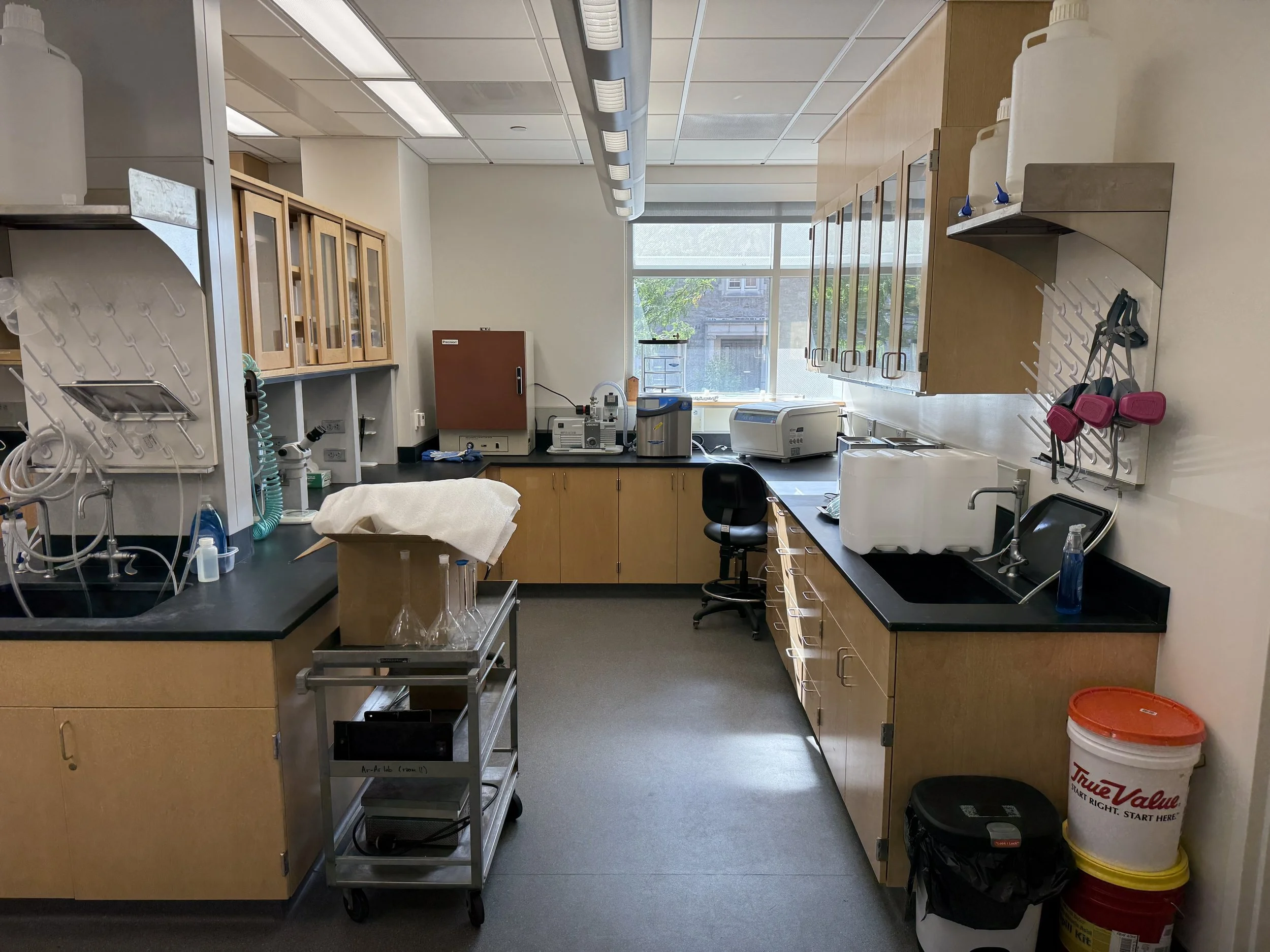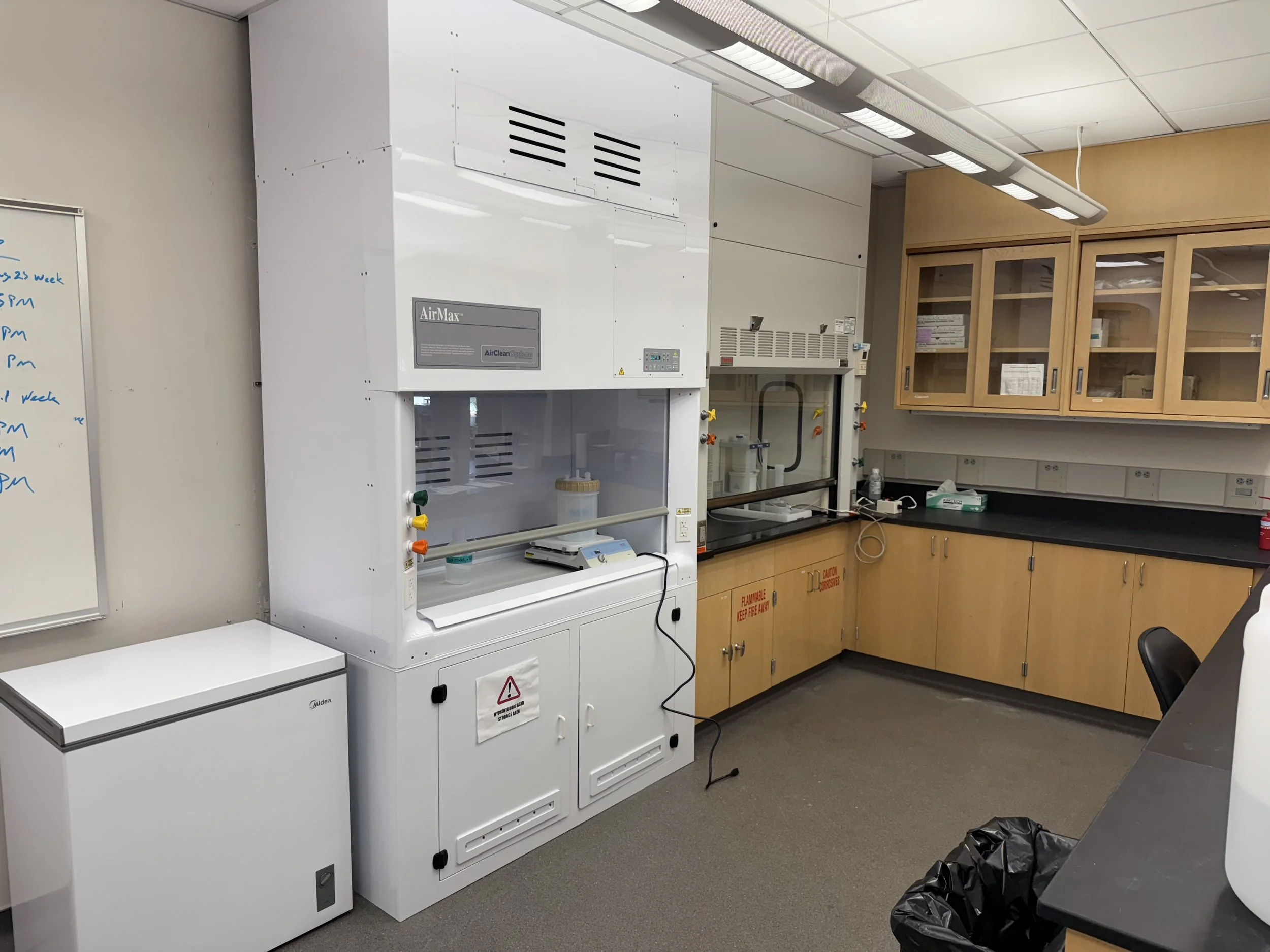The GP3 Lab Facilities
Overview: The GP3 Lab combines noble gas mass spectrometry with major, trace, and rare-earth element geochemistry to reconstruct the evolution of the Earth System through time.
For the noble gas component, we specialize in the measurement and application of helium isotopes to accurately quantify the accumulation rate of material on the ocean floor.
For our elemental geochemistry work, we predominantly focuses on inorganic proxies for detrital and biogenic material in marine sediments, although we apply these techniques to geoarchaeology projects as well.
Below we briefly describe our equipment, measurements, and applications. If you are interested in applying these to your work, please get in touch!
Noble Gas Mass Spectrometry
The noble gas mass spectrometry component of the GP3 lab focuses on the measurement of the lighter (i.e., helium and neon) noble gas isotopes to explore various facets of the Earth system. Current applications include:
The quantification of interplanetary dust particles in marine sediments through time, which can be used to constrain rates sedimentation accumulation or inputs of extraterrestrial material to Earth
Reconstruction of dust inputs to marine and lacustrine deposits
Exposure ages of rocks on Earth’s surface
To make our measurements, we combine a custom-built noble gas extraction and purification line with an NGX Helium Plus noble gas mass spectrometer from Isotopx.
Wet Chemistry and Sample Preparation
The GP3 Lab also maintains a wet chemistry laboratory that houses equipment to prepare sediment and rock samples for a variety of analyses. Typically, we perform:
Decarbonation of sediments for noble gas isotope measurements
Sediment and rock digests for bulk samples major, trace, and rare-earth element characterization
Water and acid leaching of sediments for major, trace, and rare-earth element characterization.
Equipment available includes:
5-Place Balance
Freezer
Freeze Dryer
Centrifuge
Oven
Acid Stills
Polypropylene Fume Hood
